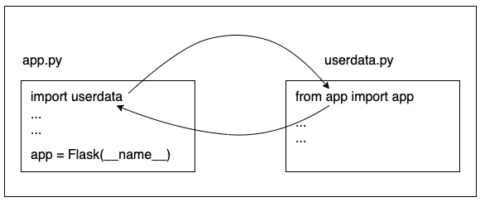
ISBN 978-1-78439-478-3 Credits Author Joël Perras Reviewers Shalabh Aggarwal Livery Place 35 Livery Street Birmingham B3 2PB, UK. However, Packt Publishing cannot guarantee the accuracy of this information. Packt Publishing has endeavored to provide trademark information about all of the companies and products mentioned in this book by the appropriate use of capitals. Neither the author, nor Packt Publishing, and its dealers and distributors will be held liable for any damages caused or alleged to be caused directly or indirectly by this book. However, the information contained in this book is sold without warranty, either express or implied. Every effort has been made in the preparation of this book to ensure the accuracy of the information presented. No part of this book may be reproduced, stored in a retrieval system, or transmitted in any form or by any means, without the prior written permission of the publisher, except in the case of brief quotations embedded in critical articles or reviews. Each chapter focusses on the development of an application increasing in complexity with easy steps to follow.įlask Blueprints Copyright © 2015 Packt PublishingĪll rights reserved.
#FLASK BLUEPRINT INJECTION HOW TO#
This book covers how to effectively use the Flask micro-framework to develop a series of web applications.
#FLASK BLUEPRINT INJECTION INSTALL#
You will also learn how to install and configure Flask-Click extension. Moving on, you'll discover how to implement a photo timeline application where you'll explore topics such as writing and running celery tasks, API error handling and testing, and Werkzeug middlewares.įinally, the book walks you through creating an application which fetches data from GitHub and stores it locally. Next you'll move on to a timeline application, built using concepts including pytest-Flask, the Blinker package, data modelling for user timelines, exception handling, and creating and organizing CLI tools. You'll first build an SQL database-backed application, which will use Flask-WTF, Flask-SQLAlchemy, Jinja templates, and other methods. The book will start by explaining Python's Virtualenv library and how to create and switch between multiple virtual environments. This book will demonstrate how to develop a series of web application projects with the Python web micro-framework, and leverage extensions and external Python libraries and APIs to extend the development of a variety of larger and more complex web applications. Though Flask is termed a micro-framework, it is no way lacking in functionality there are many extensions available to Flask which helps it to function at the same level as other large frameworks such as Django and Ruby on Rails. Integrate your application with open source JavaScript-based graphing libraries to create simple data visualizationsįlask is a small but powerful web development framework for Python.Build your Flask extensions to encapsulate reusable behaviors across your applications.Write your own CLI tools for administrative and development tasks of your Flask application using Flask-Script/Click.

Implement custom exceptions for handling non-20x response codes.Learn to leverage Werkzeug, the WSGI library that powers much of Flask.Create your own signals and consume them within your application.Explore URL routing and dispatching in a blueprint structured application.Integrate Flask-Login for simple user authentication, Flask-WTF for forms, and Flask-SQLAlchemy for database interactions.Convert a simple one-file Flask application into a more full-fledged multi-package application.Use the virtualenv Python package to effectively isolate your development environments.If you are a Python web developer who has developed basic Flask applications and now wants to build a series of more complex web applications, then this is the book for you. Build a series of Flask applications of increasing complexity.



 0 kommentar(er)
0 kommentar(er)
